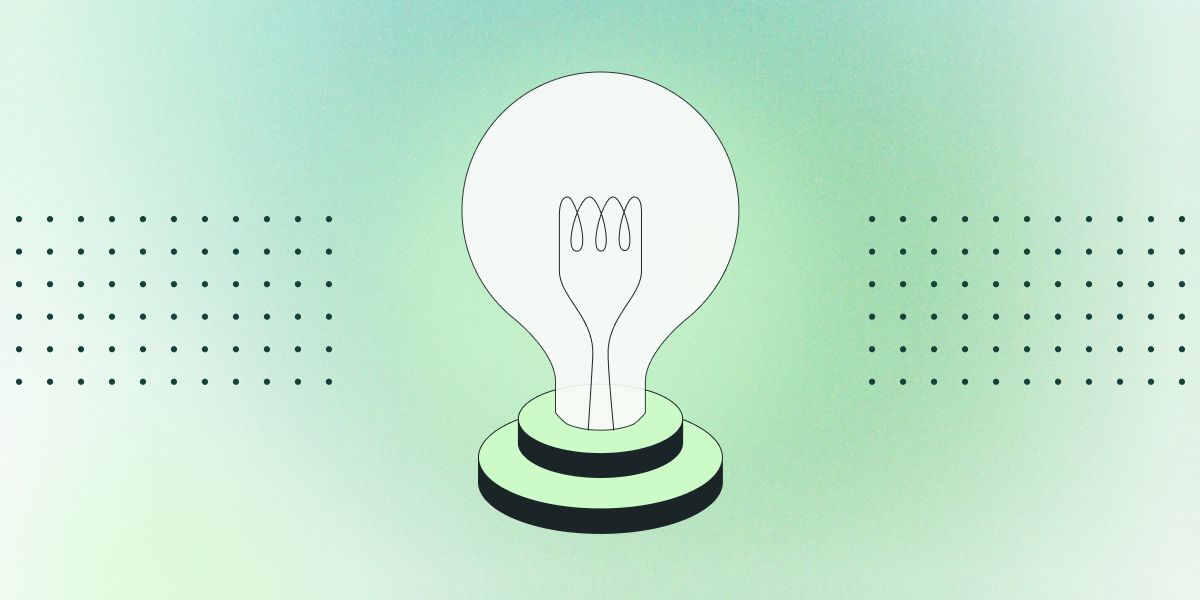PostHog and Taplytics compared

PostHog and Taplytics are both product analytics platforms that help companies optimize their digital experiences through A/B testing, feature flagging, and user behavior insights.
However, PostHog is an open-source solution that focuses on providing a comprehensive suite of tools for product teams, while Taplytics is a proprietary platform that specializes in cross-platform experimentation and AI-driven personalization for both product and marketing teams.
What is PostHog?
PostHog is an open-source product analytics platform that helps companies understand user behavior and make data-driven decisions to improve their products. Founded in 2020, PostHog offers a comprehensive suite of tools designed to help product teams, developers, and data analysts gain insights into how users interact with their web and mobile applications.
PostHog's core offerings include:
Product analytics: Track events, visualize user journeys, and gain insights into user retention and stickiness
Session recording: Replay user sessions to identify areas of friction and optimize user experience
Feature flags: Test new features with minimal risk and roll out changes gradually
A/B testing: Experiment with different variations of your product to determine what works best
One of the key advantages of PostHog is its open-source nature, which allows companies to host the platform on their own infrastructure, ensuring data privacy and control. The platform's powerful API enables seamless integration with existing tools and workflows, making it an attractive choice for developers who prefer flexibility and customization.
What is Taplytics?
Taplytics is a modern A/B testing platform that provides cross-platform experimentation solutions for product and marketing teams. Founded with the goal of helping businesses drive more revenue through their client and server-side applications, Taplytics offers a full-stack A/B testing solution designed to empower teams to make data-driven decisions and optimize their digital experiences.
Taplytics' core offerings include:
A/B testing: No-code A/B testing for both web and native mobile apps
Feature flags: Controlled feature rollouts to cut deployment risk and improve development time
AI-driven personalization: Deliver targeted experiences to specific user segments
Advanced analytics: Gain valuable insights into user behavior and make data-driven decisions
The platform targets businesses looking to improve user engagement, conversion rates, and overall product performance across various industries, including finance, insurance, retail, e-commerce, media, entertainment, food, and quick-service restaurants. Taplytics serves a diverse range of customers, such as Chick-fil-A, Ticketmaster, Realtor.com, RBC, and Zappos.
Pricing comparison
PostHog offers usage-based pricing with a generous free tier for each of their products, making it accessible to startups and small businesses. Over 90% of companies use PostHog for free, only adding a credit card if they need more than the free tier limits or advanced features.
Taplytics has a tiered pricing model with three main plans: Pro, Enterprise, and Custom, starting at $500 per month for the Pro plan. As customers scale their usage, they can upgrade to the Enterprise or Custom plans for additional features and support.
Considerations and limitations: PostHog
PostHog is an open-source product analytics platform that offers a generous free tier, making it an attractive choice for startups and small businesses. The platform's comprehensive suite of tools, including product analytics, session recording, and feature flags, enables teams to gain valuable insights into user behavior and make data-driven decisions. PostHog's open-source model also allows for greater flexibility and control over data privacy.
However, PostHog's focus on product analytics may limit its capabilities in areas such as advanced experimentation and personalization. While the platform offers A/B testing and feature flagging, it may not be as robust as dedicated experimentation platforms. Additionally, PostHog's emphasis on product analytics means it may not be the best fit for teams primarily focused on marketing or personalization use cases.
TL;DR: PostHog is better suited for startups and small businesses seeking an affordable, open-source product analytics solution, but may not be as well-equipped for advanced experimentation or marketing-focused use cases.
Considerations and limitations: Taplytics
Taplytics is well-suited for businesses prioritizing A/B testing and personalization across digital channels. The platform's full-stack experimentation capabilities, combined with its AI-driven personalization features, make it an attractive choice for product and marketing teams looking to optimize user experiences and drive revenue growth. Taplytics' support for web, mobile, and server-side applications also enables teams to deliver consistent experiences across platforms.
However, Taplytics may not be the best fit for teams without dedicated product or marketing resources. The platform's advanced features and capabilities require a certain level of expertise to fully leverage, which could be challenging for smaller teams or those new to experimentation and personalization. Additionally, while Taplytics offers a range of deployment options, including private cloud and on-premises, the platform may not be as flexible as some open-source alternatives.
TL;DR: Taplytics is better suited for businesses with dedicated product and marketing teams focused on A/B testing and personalization, but may not be the best fit for smaller teams or those requiring more flexibility in deployment options.
An alternative: Statsig
Statsig is an all-in-one platform that offers experimentation, feature flags, and product analytics. It's a great option for companies of all sizes, from startups to enterprises like Notion, Atlassian, and Whatnot. Sign up for a free account to get started, or contact us to learn more about our enterprise plans and volume discounts.